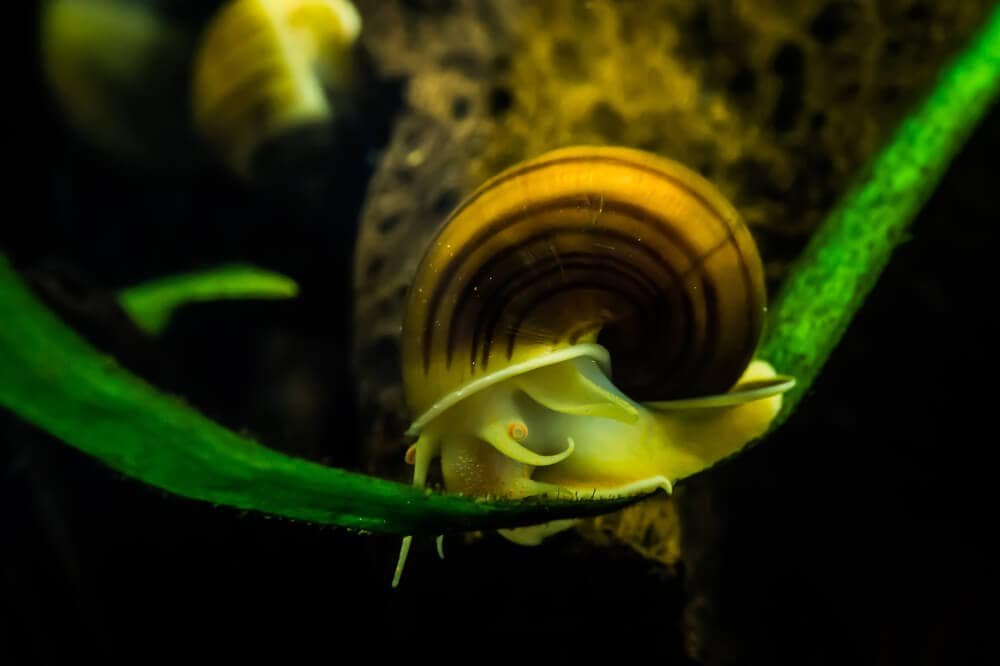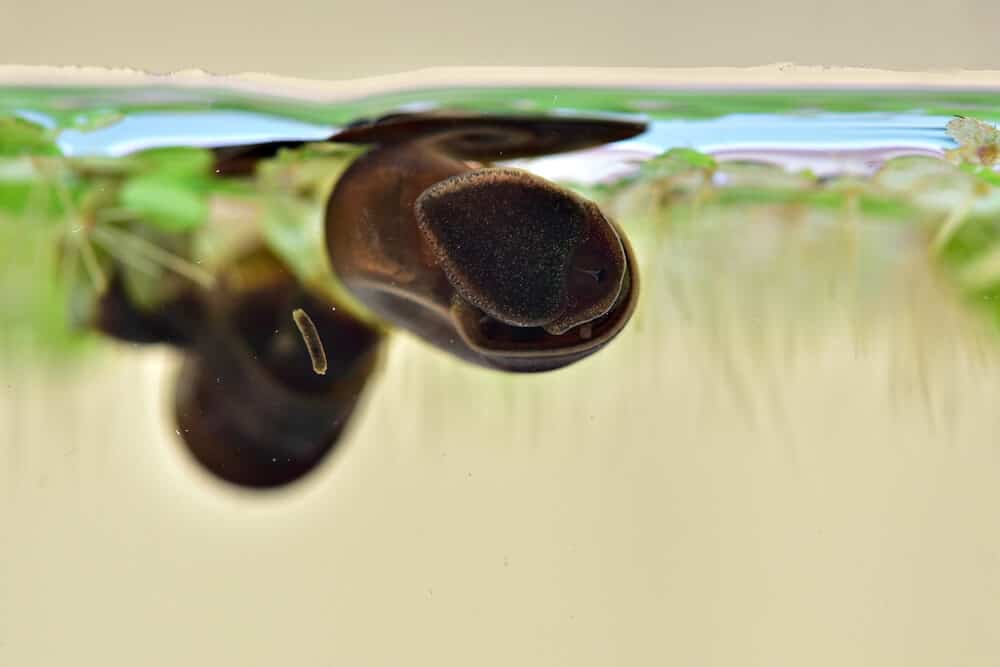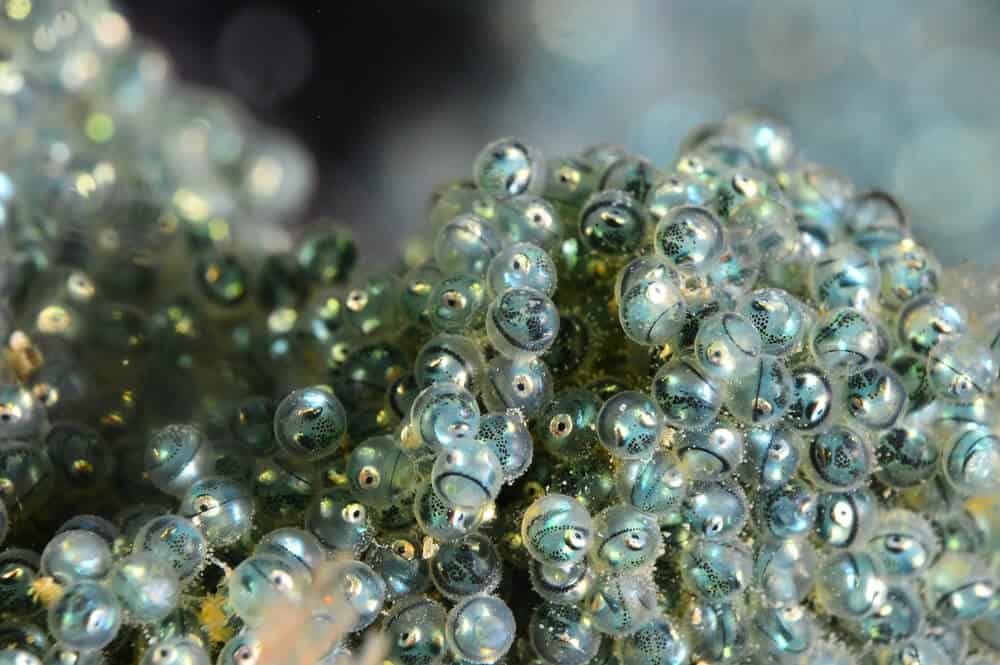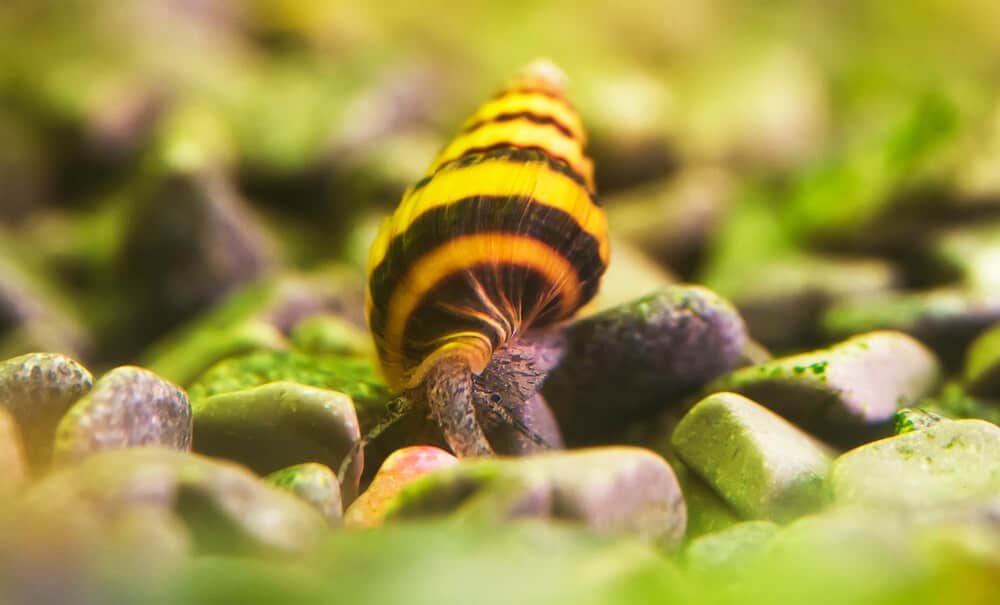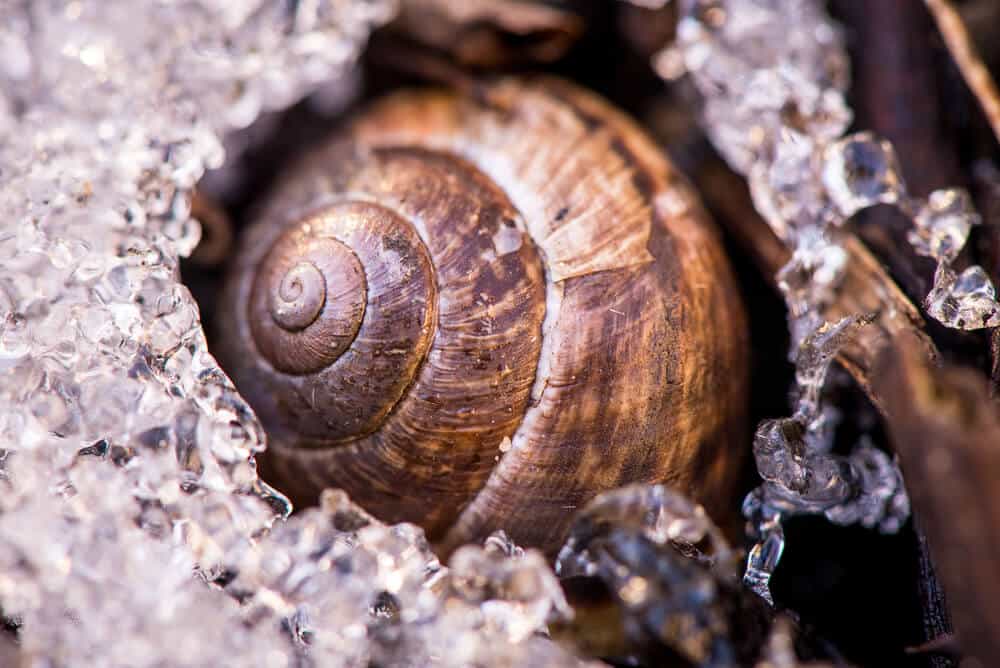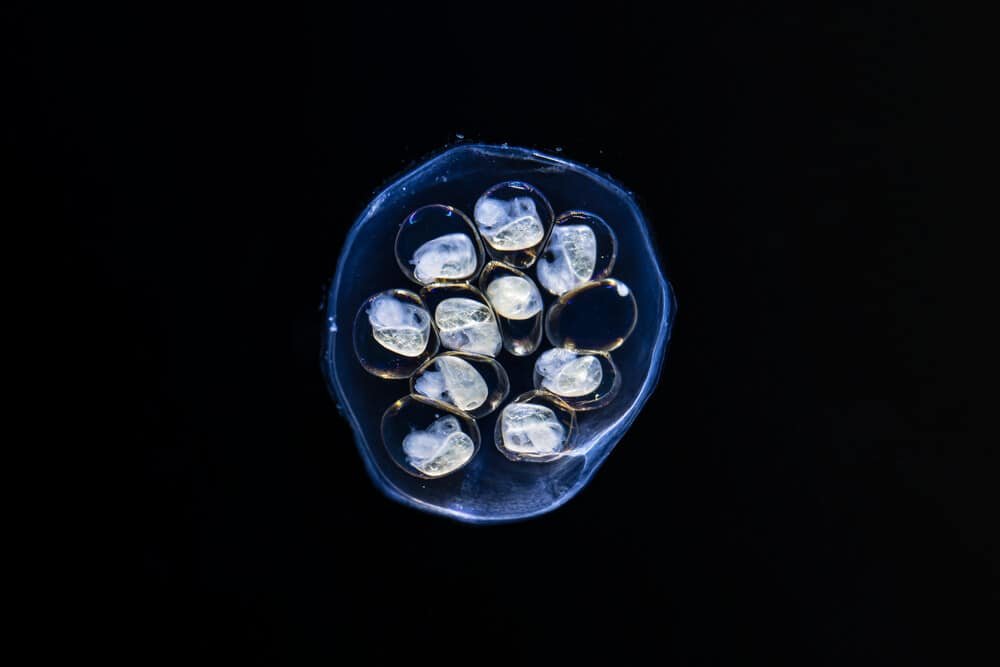Exploring River Nerite (Theodoxus Fluviatilis): Unveiling Nature’s Hidden Marvel
Imagine taking a stroll along a picturesque riverbank, where the tranquil sound of flowing water and the beauty of nature surround you. As you observe the serene scene, you may spot a fascinating creature known as the River Nerite, scientifically referred to as Theodoxus fluviatilis. This small snail, with its striking spiral shell and unique markings, has become a charming inhabitant of rivers across the world. In this article, we will explore the intriguing characteristics and behavior of the River Nerite, shedding light on the wonders that lie beneath the surface of our waterways.
Overview
The river nerite, scientifically known as Theodoxus fluviatilis, is a fascinating freshwater mollusk. This small snail-like creature belongs to the kingdom Animalia, phylum Mollusca, class Gastropoda, order Neritopsida, family Neritidae, genus Theodoxus, and species fluviatilis.
Scientific Classification
Kingdom
River nerites are classified as members of the kingdom Animalia, highlighting their status as multicellular organisms capable of locomotion.
Phylum
Within the animal kingdom, river nerites are further classified under the phylum Mollusca. This phylum consists of diverse animals, ranging from octopuses and clams to snails and slugs.
Class
The class Gastropoda encompasses the river nerite, along with a wide array of other gastropod mollusks. Gastropods are known for their characteristic coiled shells and muscular foot that aids in locomotion.
Order
River nerites belong to the order Neritopsida, which includes marine, brackish, and freshwater gastropods. These snails are known for their ability to adapt to various aquatic environments.
Family
The river nerite is a member of the family Neritidae. This family consists of a large number of species that can be found in both marine and freshwater habitats.
Genus
The river nerite is classified within the genus Theodoxus. This genus encompasses several snail species characterized by their intriguing reproductive strategies and distribution in freshwater rivers.
Species
The species name of the river nerite is fluviatilis. This specific combination of genus and species differentiates it from other Theodoxus snails found in different environments.
Physical Description
Size
River nerites are relatively small creatures, with their shells typically measuring around 1.5-2 centimeters in length. Their compact size allows them to navigate the intricate freshwater ecosystems they inhabit with ease.
Shape
The shells of river nerites possess a distinctive coiled shape, similar to other gastropods. This spiral shape provides protection and accommodation for the snail’s soft body.
Coloration
The coloration of river nerite shells can vary, but they commonly feature unique patterns and vibrant hues. From dark brown and black to lighter shades of green and yellow, their shells showcase eye-catching designs, which can differ among individuals.
Habitat
Distribution
River nerites can be found in freshwater rivers throughout various regions of the world. They have been observed in Europe, including countries such as Germany, France, and the United Kingdom, as well as in parts of Asia.
Freshwater Rivers
These remarkable mollusks primarily dwell in freshwater river systems, where they are well-adapted to life in flowing water. Their adaptability allows them to thrive in both shallow and deep sections of rivers.
Substrate Preference
River nerites show a preference for specific substrates within their habitat. They are commonly found on rocky surfaces and submerged vegetation, where they can attach and securely cling to their environment.
Feeding Habits
Diet
River nerites are herbivorous, feeding predominantly on algae and other plant material that grows in freshwater rivers. Their grazing behavior helps to maintain a balanced ecosystem by controlling the growth of algae and promoting overall water health.
Foraging Behavior
When searching for food, river nerites use their specialized radula, a tooth-like structure, to scrape algae and plant matter from rocks and vegetation. They carefully maneuver along surfaces, consuming the substrate’s nutritive material as they move.
Reproductive Behavior
Breeding Season
River nerites typically engage in reproductive activities during the warmer months, particularly in the spring and summer. The increased temperature and availability of resources during these seasons are thought to stimulate breeding behaviors.
Mating Behavior
During the breeding season, male and female river nerites engage in courtship rituals. They use tactile and chemical cues to locate potential mates, initiating a mating dance that often involves shell-to-shell contact. This dance serves to guarantee mutual consent before the actual copulation occurs.
Egg-laying
After successful copulation, female river nerites lay eggs on various submerged surfaces. These eggs are usually deposited in gelatinous capsules, protecting them from predators and harsh environmental conditions. The eggs develop within these capsules until the snails hatch and enter the next stage of their lifecycle.
Lifecycle
Egg Stage
Following the egg-laying process, river nerite eggs are incubated within their protective capsules. This period can range from a few days to a couple of weeks, depending on environmental factors such as temperature and water quality.
Larval Stage
After hatching, river nerite larvae emerge from the capsules and enter the larval stage. During this stage, they resemble miniature versions of the adults but possess undeveloped shells. Larvae drift along the currents as they develop and undergo a series of physiological changes.
Juvenile Stage
Once the larvae go through metamorphosis, they transition into juvenile river nerites. At this stage, they develop shells and gradually begin adopting the characteristics of adult snails. Juvenile nerites remain in their freshwater habitats and continue to grow and mature.
Adult Stage
As river nerites reach adulthood, they become fully formed and capable of reproduction. They settle in their preferred habitats, where they will spend the remainder of their lives, contributing to the overall health and biodiversity of freshwater ecosystems.
Predators and Threats
Natural Predators
River nerites face predation from a variety of species within their habitats. Fish, birds, and other invertebrates, such as crayfish, often prey upon these mollusks. Their small size and protective shells help deter some predators, but they remain vulnerable to predation throughout their lives.
Human Activities
Human activities can impact the population and habitat of river nerites. Pollution, habitat destruction, and water management practices can disrupt their delicate ecosystem and threaten their survival. Conservation efforts are crucial to ensure their long-term survival.
Conservation Status
The conservation status of the river nerite is currently not assessed on a global scale. However, localized studies and conservation initiatives are being conducted to monitor and protect their populations in specific regions. Without proper conservation actions, their populations could face decline and potentially jeopardize the delicate ecological balance of freshwater river systems.
Interesting Facts
- Despite their small size, river nerites play an important role in freshwater ecosystems. Their grazing habits help prevent excessive algae growth, contributing to improved water quality.
- River nerites possess a remarkable ability to adapt to varying water conditions, allowing them to thrive in different freshwater habitats.
- Theodoxus fluviatilis is just one of many Theodoxus species found worldwide, each with its own unique characteristics and distribution patterns.
- River nerites have inspired artists and scientists alike with their intricate shells and elegant movements. They serve as a reminder of the beauty and diversity found in our natural world.
